Noodles for breakfast, lunch, and dinner? In Vietnam, the answer is a resounding “Why not?” Whether served hot or cold, in a soup or stir-fried, fresh or crispy, noodles are a beloved staple—one we think you’ll quickly fall for. For food enthusiasts visiting the country, the diverse world of Vietnamese noodles offers endless delights, with each dish offering something new to discover and savor. Keep reading for an insider’s guide to the best noodles in Vietnam, along with a few must-try dishes to enjoy during your trip.
Main varieties of Vietnamese noodles
Phở (steamed flat rice noodles)

Phở noodles, like many staples of Vietnamese cuisine, are made from rice, but what sets them apart is their flat, rectangular shape, which gives them a heartier texture ideal for more filling meals. While you might be familiar with phở bò (beef) or phở gà (chicken), the light, flavorful soup that originates from Northern Vietnam and is popular for breakfast nationwide, in Hanoi, you can also enjoy phở in stir-fried dishes and fresh spring rolls.
Bún (steamed round rice noodles)

Bún is one of Vietnam’s most adaptable noodles. Its subtle tang, imparted by the herbs used during steaming, beautifully complements the country’s savory and sweet dipping sauces. These thin, round, and tender noodles, with their pristine white color, are a key ingredient in iconic noodle soups and serve as a delicate starch base in spring rolls and noodle salads topped with grilled meats.
Miến (dried glass noodles)
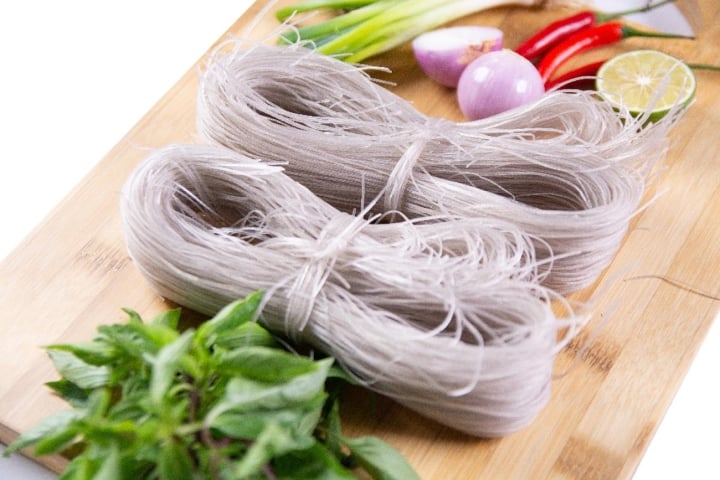
In Vietnam, “miến” refers to thin, transparent glass noodles or vermicelli, which have a slightly chewy texture. These noodles are commonly used in various dishes, such as *miến gà* (glass noodles with chicken), served as a base in dishes like *miến lươn trộn* (dry glass noodles with crispy eel), or as a filling in deep-fried snacks like *bánh gối* (crispy empanadas filled with pork and mushrooms).
Mì (wheat or egg noodles)
Mì is the Vietnamese term for thin wheat noodles, typically enriched with egg yolk to give them a golden color. These noodles are either dried or cooked al dente, often served in hot soups. Mì noodles are commonly found at stalls offering mì vằn thắn, a Vietnamese wonton noodle soup featuring a flavorful broth made with green onions and shallots, along with char siu pork and slices of boiled egg.
Cooking methods and preparation techniques.
Noodle salads
As the weather warms up, Vietnamese people stay cool with refreshing noodle dishes packed with crisp herbs and greens. For a perfect summer lunch, try bún chả or bún thịt nướng. Both feature grilled pork served on a bed of dry bún noodles, complemented by shredded lettuce, fresh herbs, and a light drizzle of fish sauce that ties everything together.
Noodle soups
While Vietnam’s iconic phở bò often takes the spotlight, there’s a whole world of other delicious noodle soups to discover across the country. Must-try dishes on any Vietnam food lover’s list include bún bò Huế, hủ tiếu Nam Vang, and bún riêu. These hearty soups are typically served with lime, chili, and fresh herbs on the side, allowing you to adjust the flavor to your liking.
Noodle rolls
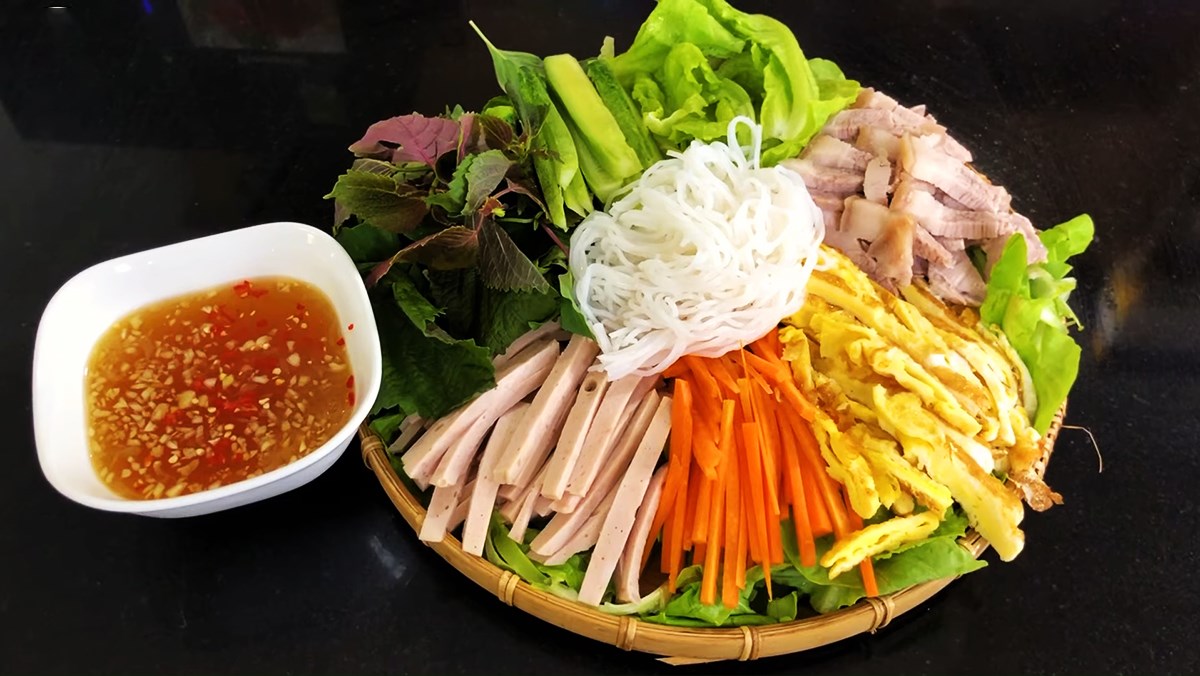
The Vietnamese have mastered the art of creating small rolls bursting with bold flavors. Fresh noodles are a key textural element in iconic dishes like nem lụi, bò bía, and gỏi cuốn. Throughout the country, you’ll also find fresh fish—whether fried or grilled—served with noodles and a variety of vegetables, all meant to be rolled by hand and dipped in savory fish sauce.
Fried noodles
Stir-fried noodles, or *mì xào*, are a treat when prepared in the traditional style: vibrant, fresh vegetables stir-fried with onions, your choice of meat or seafood, and topped with fragrant coriander leaves, all drizzled with a rich, chilli-infused soy sauce. Another dish worth seeking out is *phở chiên phồng*—crispy, deep-fried squares of pho noodles, piled with cooked tomatoes, choy sum, tender beef, and savory gravy.
Unique and distinctive noodle creations
Mì Quảng
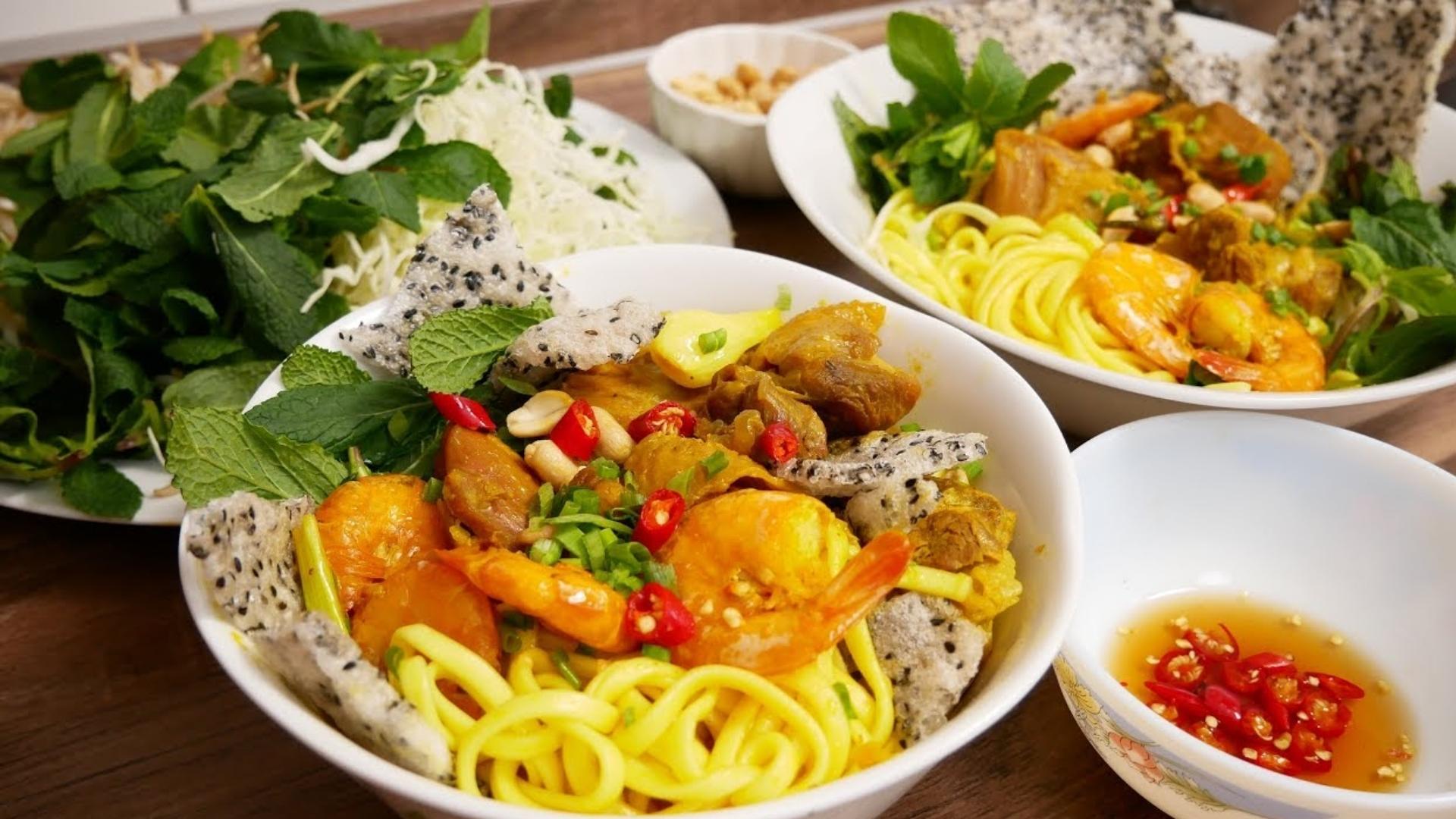
These noodles from the Quảng Nam region in Central Vietnam are truly unique. Each bowl features a generous portion of wide, flat rice noodles, bathed in a rich, peanut-infused broth, topped with slices of pork, boiled shrimp, fresh lettuce, quail eggs, and crispy sesame rice crackers. To try Mì Quảng, head to the alleyways and eateries in Đà Nẵng and Hội An.
Bánh đa đỏ

These thin, flexible, and chewy rectangular noodles originate from Hải Phòng City, located along Vietnam’s northern coastline. Their unique brown color comes from a special blend of caramel and gấc fruit powder. Often served in a rich broth, you can enjoy them with crab and tomato or fish and dill at local eateries throughout Northern Vietnam.
Bánh canh
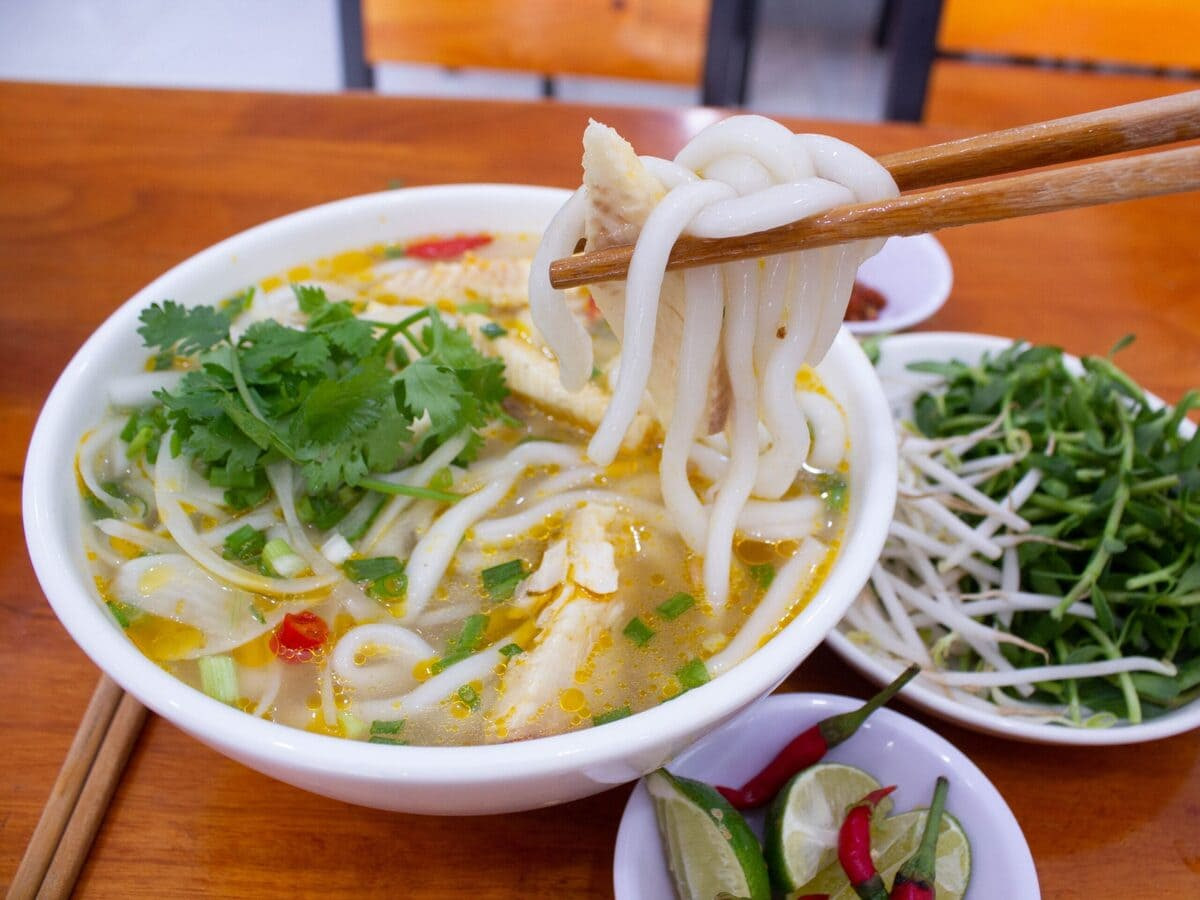
These hearty tapioca noodles may not be as well-known as other Vietnamese varieties, but they’re definitely worth sampling for their smooth, slippery texture. A rich, meaty version featuring pork knuckles, sausage, and crab is popular throughout Vietnam. In the Mekong Delta, bánh canh is a comforting breakfast dish made with freshwater fish, a delicate fish bone broth, and fragrant herbs, gently simmered to perfection.
Cao lầu
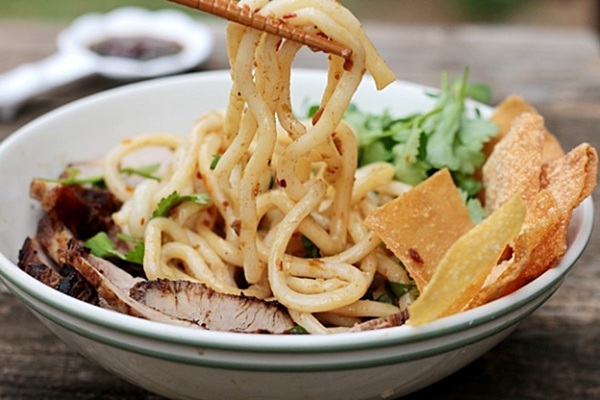
Authentic cao lầu can only be found in the historic trading port of Hội An. These thick, udon-style noodles are traditionally soaked in water drawn from the local mineral-rich well, giving them a unique texture and flavor that’s impossible to replicate. The noodles are served with a savory lemongrass-infused sauce, a bed of crisp bean sprouts, and topped with tender slices of roasted pork and fresh leafy greens.
Start planning your trip to Vietnam today by getting your visa at cheapvietnamvisa.net. As a trusted and reliable visa service, we’re here to help you turn your travel dreams into reality from the very first step